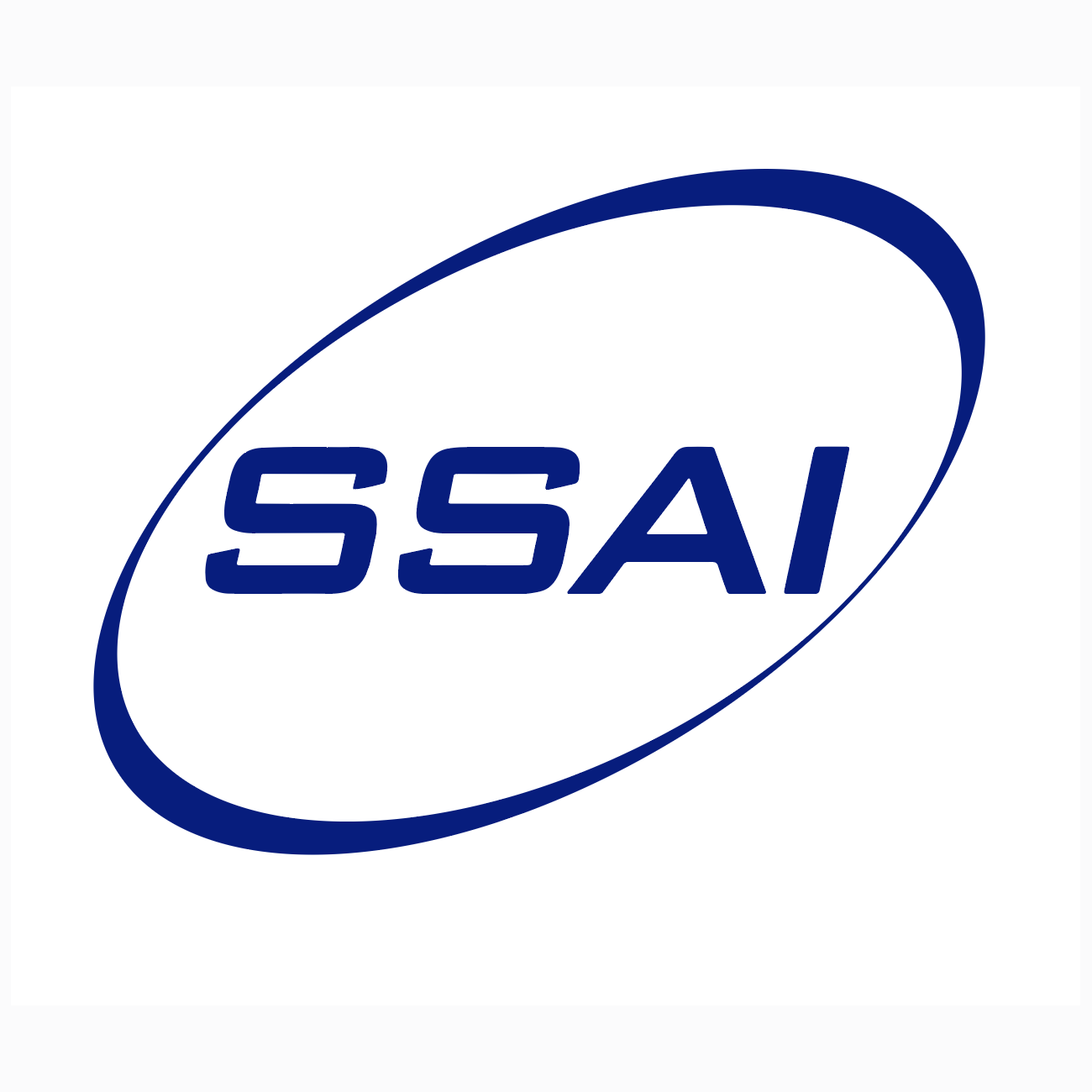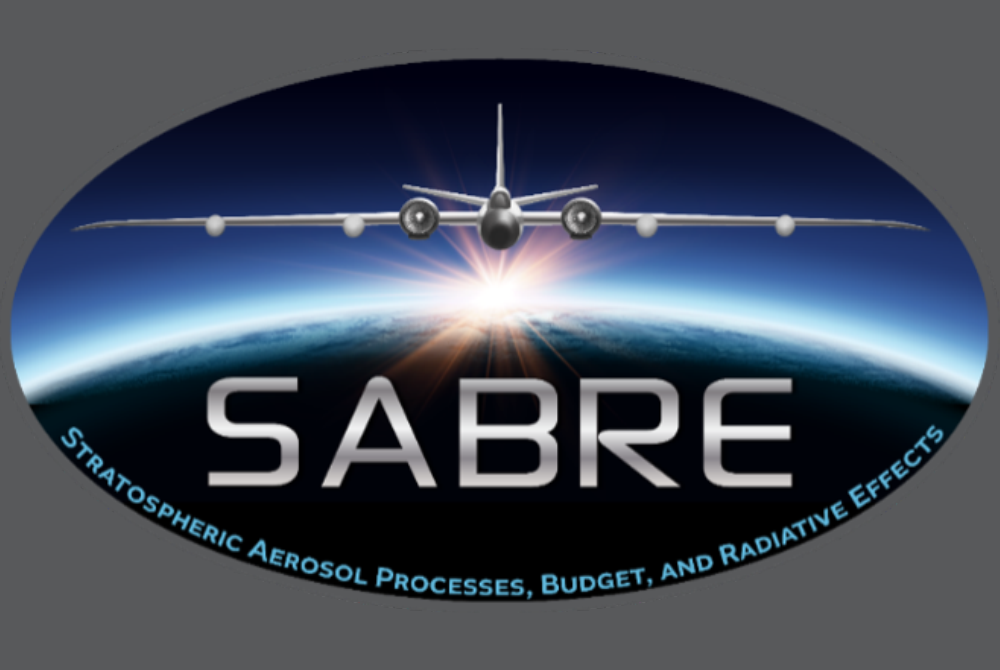
Summary
Major Accomplishments
SSAI Supports NASA’s Upcoming MAIA and TEMPO Missions: Measuring Air Pollution from Space for Studying Human Health Impacts
According to the Global Burden of Disease study (2019), breathing polluted air is the largest risk factor for premature death (MAIA mission website). As such, studying air pollution has become a research hotspot for the scientific community. To this end, two of NASA’s upcoming satellite missions will use remote sensing to collect data associated with air pollutants and particulate matter (PM) properties—including size, shape, and chemical composition. Data obtained from the Multi-Angle Imager for Aerosols (MAIA) and Tropospheric Emissions: Monitoring of Pollutions (TEMPO) will be archived at the Atmospheric Science Data Center (ASDC) Distributed Active Archive Center (DAAC) at the NASA Langley Research Center (LaRC). SSAI is supporting both of these missions by providing technical and operational expertise to the ASDC. The ASDC team is working with MAIA and TEMPO science teams to develop data product formats, metadata templates, file naming conventions, and end-to-end testing of the data ingest, archive, and distribution pipeline, so the data is readily available for scientific analysis.
The MAIA mission is the first NASA satellite mission to partner with epidemiologists and health organizations to study human health. MAIA is focused on the different types of air pollution and how it affects human health, specifically the study of short-term dangers of specific airborne particles, their effects on asthma flare-ups, hospital admission, premature deaths, and pregnancy. It will also study the particles that are dangerous with the long-term chronic exposure, and how it impacts heart disease, lung cancer, and other respiratory illnesses.
To monitor ash from volcanic eruptions, SSAI scientists worked with NASA colleagues to develop the capability to process data directly broadcast to ground receiving stations from the Ozone Monitoring Instrument (OMI). Although principally designed to measure and monitor the ozone layer, UV measurements from these instruments are also used to produce the Aerosol Index, which is a product designed to detect, measure, and track SO2 and volcanic ash emissions.
Two ground stations in particular—one in Finland, run by the Finnish Meteorological Institute (FMI), and one in Alaska, run by the Geographic Information Network of Alaska (GINA)-- provide full coverage of areas containing some of the most congested air routes over many of the most active volcanoes in the world. The information obtained directly from OMI is then used to ensure the safe passage of aircraft in the event of a volcanic eruption. SSAI personnel extended the capability of using direct broadcast data to the Ozone Mapping and Profiler Suite (OMPS) flying onboard the Suomi-NPP satellite.
Their efforts produced the first package within NASA Goddard Space Flight Center’s total broadcast system to fully utilize NASA algorithms and code to take raw sensor data through the complete process to finished products. This allows the OMPS data to be used by any station that can download direct broadcast data. Recently, SSAI also added the ability to use data from the OMPS instruments now flying onboard the NOAA 20 satellite.
he TEMPO mission will be the first ever space-based instrument to monitor air pollutants hourly during daytime, across North America—from the Atlantic to the Pacific, and from Mexico City and the Yucatan Peninsula to the Canadian oil sands. The mission is focused on collecting atmospheric chemistry measurements from space to answer key air quality and climate-related questions. It will provide air quality data to support research to improve pollution emission inventories, monitor population exposure, and evaluate effective emission-control strategies. TEMPO will join a global constellation of geosynchronous satellites for monitoring air pollution, including Europe’s Sentinel-4 and Asia’s GEMS, with a focus on intercontinental pollution transport across the Atlantic and Pacific oceans.
TEMPO is scheduled to launch in November 2022, followed by MAIA. However, the pre-launch synthetic/simulated data products from these missions are available to Early Adopters to help them get ready by developing their code, tools, or workflows. Once these tools are developed, they can be used on the post-launch real data. These missions regularly organize Early Adopter workshops to familiarize users with the data products and allow the users to participate and share their use cases with the research community. ASDC staff collaborate with TEMPO and MAIA teams to present the data distribution tools and services at these workshops. The MAIA Early Adopters Workshop was held on September 14, 2021 and more information on the workshop can be found on the MAIA mission website. The TEMPO Early Adopters Workshop will be held on November 10, 2021 and more information is available on the TEMPO Early Adopters website.
The ASDC will continue to support the MAIA and TEMPO science teams by providing data ingest, archive, and distribution services. ASDC ingest and archive services include assistance with the development of an Interface Control Document, data format verification, and metadata compliance. The ASDC distribution services include evaluating current technologies to ensure data access and data distribution is efficient and seamless for the user community.
In The News

Diode Laser Hygrometer (DLH) measures water vapor at Eielson Air Force Base in Fairbanks, AK
